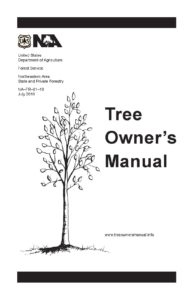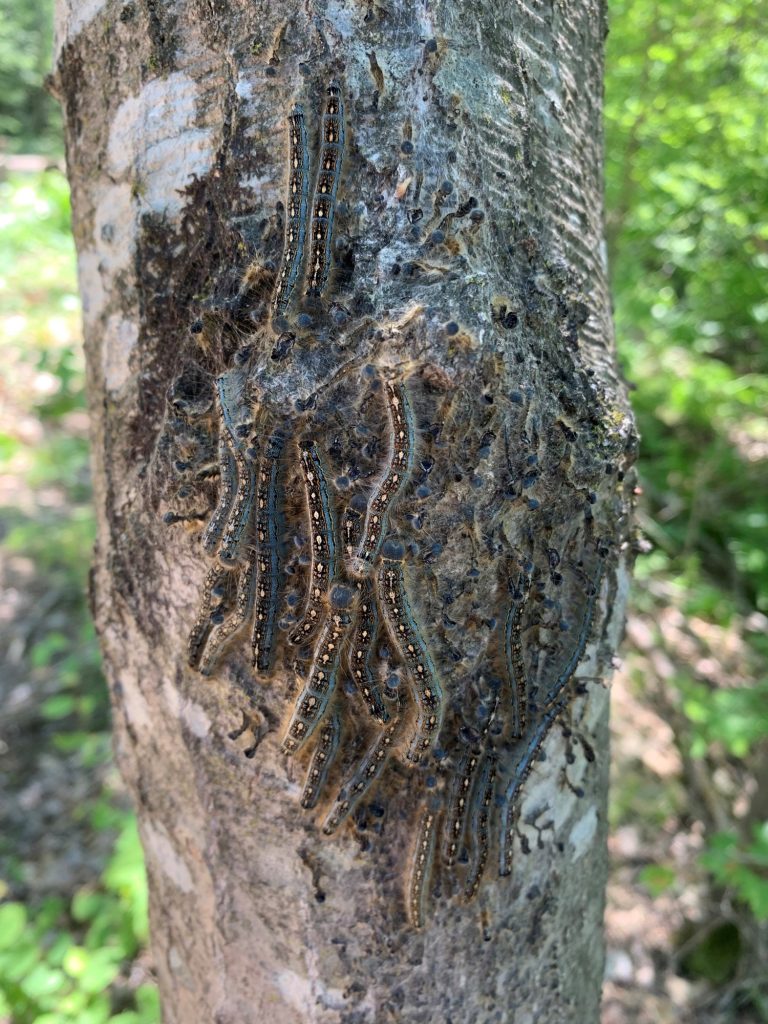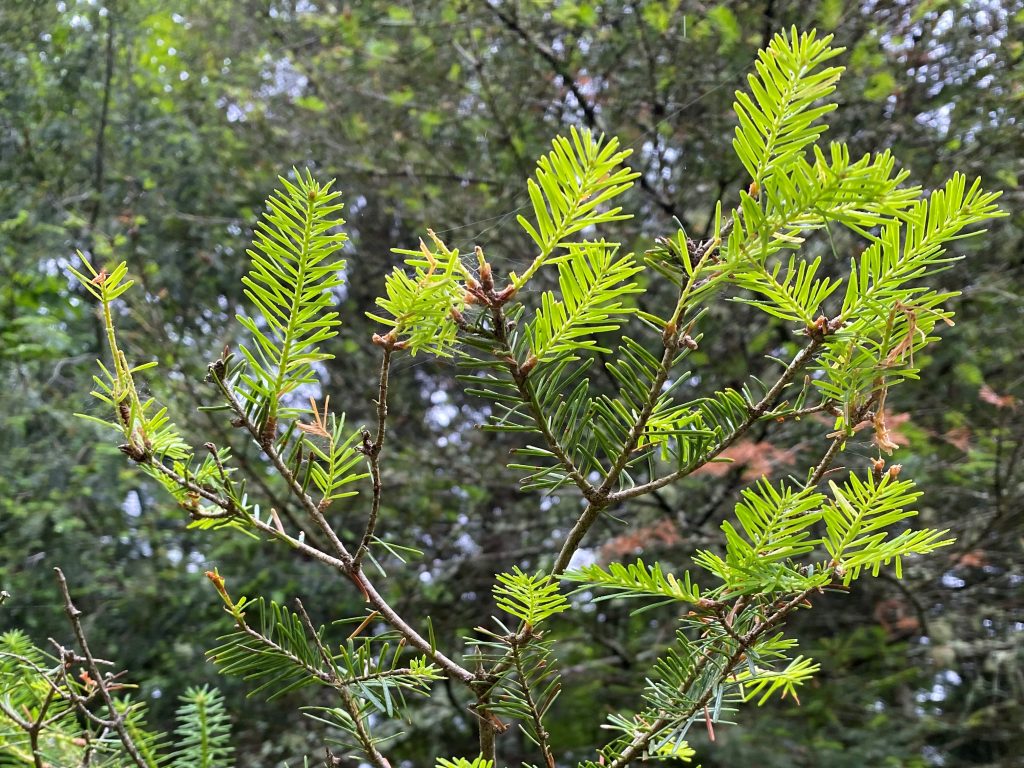By Collin Buntrock, DNR Forest Products Team Leader and Brian Anderson, DNR Forest Inventory Analyst
Forests are an essential part of Wisconsin’s past and present. Wisconsin’s forests cover over 40% of the total land area, encompassing nearly 17 million acres. Since the cutover of the 19th and early 20th centuries, Wisconsin’s forests have been expanding consistently in acreage, volume and annual growth rate. Those trends largely continue today.
The U.S. Forest Service’s Forest Inventory and Analysis (FIA) program has taken inventories of Wisconsin’s forests — and the nation’s forests as a whole — since the 1930s. This inventory program provides critical information on Wisconsin’s forests to inform how we manage, utilize, and conserve our forestland. The U.S. Forest Service administered this annual program in close cooperation with the Wisconsin Department of Natural Resources’ (DNR) Division of Forestry.
Since 1968, Wisconsin has provided funding to intensify the inventory by doubling the number of permanent plots from which data are collected. This offers more reliable data on areas smaller than on a statewide basis. It is critical in a landscape like Wisconsin, given the considerable heterogeneity and great number of important forest types.
The data collected through the FIA program can be used in a variety of ways. Uses include: decisions around forest management and planning by a wide array of ownerships; assessing the sustainability of forest management practices like harvest volumes over time; taking stock of trends in forest health such as mortality related to Emerald Ash Borer and oak wilt; and evaluating wildlife habitat conditions at landscape scales such as ruffed grouse habitat. Combined with other data sources, analyses on forest health, harvesting, and species compositional changes provide essential feedback on how we manage our forests and changes we should note. Continue reading “Wisconsin’s Forest Resource: Past, Present And Future” →
 The Wisconsin Department of Natural Resources (DNR) Friend of Forestry Recognition program is an opportunity for the Forestry Division to recognize individuals who have worked with us to protect and sustainably manage Wisconsin’s forests.
The Wisconsin Department of Natural Resources (DNR) Friend of Forestry Recognition program is an opportunity for the Forestry Division to recognize individuals who have worked with us to protect and sustainably manage Wisconsin’s forests.
 The latest version of the USDA Forest Service’s Tree Owner’s Manual is now available online
The latest version of the USDA Forest Service’s Tree Owner’s Manual is now available online 

